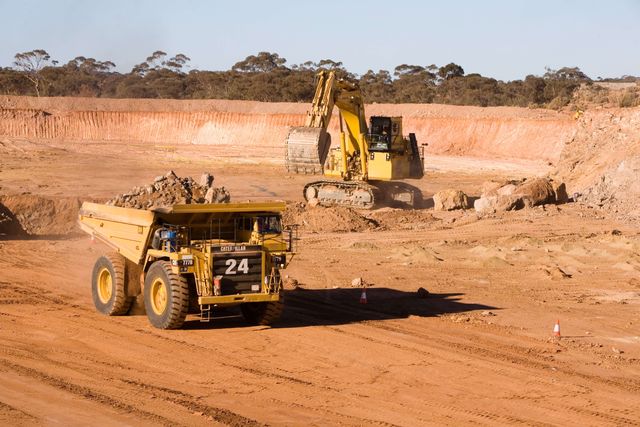
Mining jobs are changing fast. Here is how you can skill yourself so you're prepared for future industry needs.
How far the mining industry in Australia has come. When I started working on site, we were paid in cash. There was always a rush to the post office at 4pm on a Friday to ensure I could deposit the money I intended to save. There were no ATMs, PayPass or internet banking in those days. Work boots were standard issue lace-ups: no fancy soles or colours — just brown.
There were no ablutions for women in the single men’s quarters. Flashing lights on vehicles were for the bomb crew only (apparently that was the only vehicle you needed to get out of the way of. Either that or they were the craziest drivers.) FIFO was rare. Our first computer on site needed an entire room to house one terminal. And look out if you entered the room without boot covers and a dust jacket. Everyone worked 8-hour shifts.
How the mining industry has changed
Fast forward to current day: trucks run up and down pits without a driver and trains in the Pilbara are operated remotely. Dozers and blast hole rigs on some sites are also being operated remotely.
There has been considerable change in all industries in the past 30 or so years. And 30 years ago, many of us could never have guessed at the changes that would come and how that would change the jobs that we do.
So, what do the jobs of the future look like? According to this article from news.com, 85 per cent of jobs in 2030 have yet to be invented. Unless you’ve got access to a Tardis, knowing what these jobs will be is likely going to be a challenge.
How do you remain employed in mining in the years ahead?
As an individual, keeping pace with the advances in technology would be a full-time role. Rather, individuals should be focusing on developing soft skills. Adaptability, managing change, problem-solving, collaborating, communication and critical thinking are all skills that the future mining industry worker will need.
Learning to develop these skills is a must. So where to start? Establish where your skills gaps are. Ask several people what skills they think you lack or could improve. Choose carefully whom you ask: asking your friends may not be the best option. Ask people who know you well enough in the workplace, perhaps even choosing people who understand exactly what you do for a living. Or, better yet, ask during your next performance review.
Another option is doing an actual assessment, like a Harrison Assessment. These help you identify your key strengths and, from there, compare your strengths to the skills of the future. Want to know more? Email our careers team today.